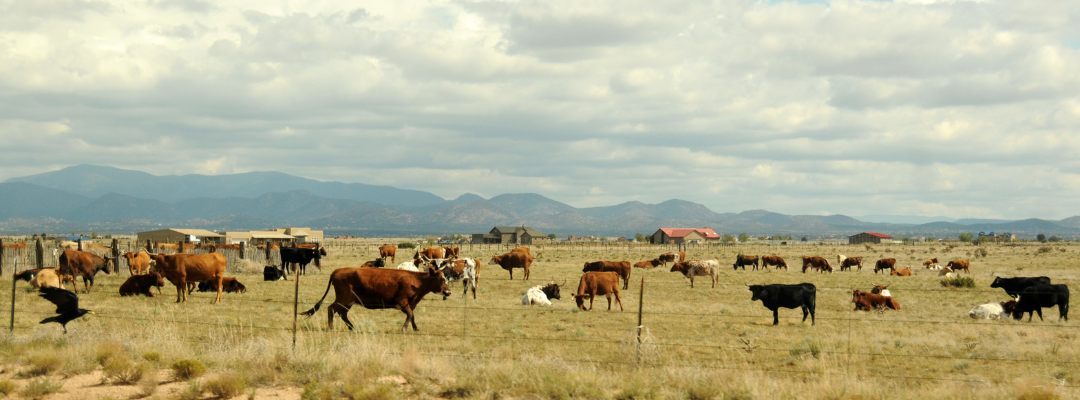An important financial consideration for any business is the costs they incur during the year. Ultimately, it affects the amount of profit or loss that will be realized by the business. There are certain “costs of doing business” known as overhead. These are things that an organization will have to pay for but are not designated to any one activity. An example might be property taxes. The taxes are owed and necessary for the business to maintain its property and obligations but typically could not be solely attributable to one activity like raising livestock or producing a crop. Usually, the costs are known but sometimes take a backseat to direct input costs when it comes to evaluation. For a true look at profitability, overhead must be factored in. The good thing is it may present opportunities for the business to cut down on its overall spending.
Overhead expenses occur once a year, several times a year, or even more sporadically. The first step is making sure they are logged in the books and records of the business. They can be reviewed to make sure they are necessary, reasonable, and have ultimately been paid. Common overhead expenses include insurance, taxes, depreciation, utilities, office expenses, and salaries. This list may not be all-encompassing, and it is important to mention that any personal expenditures for these items are not included in farm profitability. Often, the business will have a bill or receipt that includes the amount. For others, it may be more of a calculation like depreciation or extracting the business use of utilities. The main goal is to account for all “costs of doing business”.
Determining total overhead is the first step. Once that has been completed, a producer may want to allocate the overhead costs to their different enterprises. This is not necessarily a precise calculation but is up to the owner or business manager. Some may approach it from a revenue perspective. For instance, if cotton is 50% of total farm revenue, then 50% of overhead will be allocated to it. Another method may be according to labor hours. If the time spent on a particular crop is 50% of the total hours worked (by everyone on the farm), then 50% of the overhead will be allocated to that crop. Product mix and profit margins will be different on each farm, so it is up to them to determine what is most appropriate.
In reviewing the information, a farm may realize that there are opportunities to cut costs. While not advocating for a farm to run without its necessary expenditures, overhead may be where some costs can be scrutinized. Checking insurance rates every couple of years can provide the same coverage at a lower cost from a different carrier. Computer software and other subscription services may have promotions or discounts for being a continued customer. Perhaps there are subscription services that are going unused and could be cut out completely. If computer equipment is upgraded every couple of years, extending that out an additional year or two can defer the expense. Often, farmers may attend trade shows or conferences to pick up new information. Sometimes, the conference host or other farm organizations will provide a cost share for travel or reimbursement for the conference.
The above are only a few ideas of cutting overhead costs. Individually, the costs may not account for much, but an effort to manage overhead can provide significant combined savings in the long run. If a farm is operating fairly lean from an input perspective, overhead may provide other opportunities to affect profitability. At the end of the day, revenues minus expenses determines net returns. Which expenses are reduced does not matter for the overall equation.
Burkett, Kevin. “Look Out Overhead.” Southern Ag Today 3(52.3). December 27, 2023. Permalink









